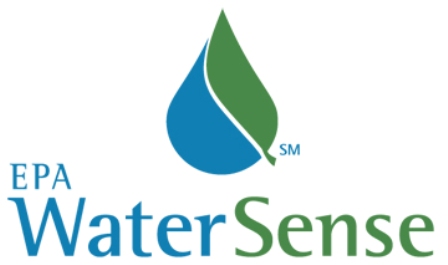As green building becomes more mainstream, simple energy efficiency often isn’t enough to set a home apart.
Buyers are increasingly looking for homes that save energy and water while improving comfort and convenience. The EPA WaterSense program is helping to provide builders the efficient and high-performance tools to meet this demand.
“The WaterSense program was in part created because when people think of water-efficient products, they think of low-flow, which has negative connotations,” Alicia Marrs, marketing and outreach coordinator for WaterSense New Homes, explains. “We try to encourage builders not to use ‘low-flow.’ Sell it as high efficiency and high performing.”
That’s the approach of KB Home, recently named the WaterSense Builder Partner of the Year for the fourth consecutive year.
“Water is a key component of how people look at sustainability; we build a water strategy in every single house,” says Dan Bridleman, KB Home’s senior vice president of sustainability, strategic sourcing and national contracts. “We have the e-difference; the e is for efficiency. That includes energy, water, a healthy home environment, and a smart house. When you start thinking about how you link all of those together, you do have a difference.”
Their strategy includes using WaterSense fixtures in every new home and incorporating high-efficiency plumbing, water heating and irrigation elements. In addition to WaterSense labeled homes, the company has built 10 fully WaterSense-labeled communities across the country.
“We’re seeing more of a sense in the building industry that water and energy are connected and there’s an inextricable link between the two,” says Jonah Schein, technical coordinator for homes and buildings for WaterSense.
Efficiency
Innovation
The e-difference goes one step further in KB Home’s Double ZeroHouse 3.0, so named because
it is net-zero energy and uses zero freshwater for toilets. In addition to
being WaterSense labeled, it employs a graywater recycling system from partner
Nexus eWater.
“In most houses, water down the drain goes back to the sewage system,” Bridleman says. “Wouldn’t it be great if you could recapture that water, recycle it, clean it, and reuse it for irrigation outside or to flush the toilets?”
That’s exactly what the graywater recycling system does, reusing water from fixtures that would have been wasted. The system also recycles the energy from hot water.
“We take that energy out of the water before we recycle it and preheat that water before it goes into the water tank,” says Jacob Atalla, vice president of sustainability and national contracts. “The price of water across the country is starting to increase, so why not give our homeowners the chance to reuse water that they’re going to start paying a lot more money for?”
While the system is not yet available for buyers to integrate into their homes, the Double ZeroHouse 3.0 is an opportunity to develop and demonstrate the technology so it can be offered in the future at an affordable price. “We think in about 12 months, we’ll be able to have a price on that and sell that as an option,” says Bridleman. “We want a great value proposition.”
Schein seconds this forecast, adding that the cost of water has been rising at 6 percent to 7 percent a year.
“There’s not any change to that percentage in sight,” says Schein. “Water is still cheap in this country, but it’s certainly no longer as cheap as it once was.”
Benefits
at any Budget
Long-term
savings are a major incentive for water-efficient homes, and while some aspects
do require a higher upfront investment, builders with a
limited budget can still take steps to improve efficiency.
“WaterSense-labeled products are available now at every cost point, every style, and they don’t cost any extra,” says Marrs.
Builders can also see a great return through the WaterSense leak prevention protocol.
“Is there really any reason that a brand-new home should have leaks? It shouldn’t, but we find that all the time,” Schein says.
The simple test takes only about 20 minutes and requires no equipment other than a pressure gauge. “Builders love it because it avoids callbacks,” he adds.
The combination of rising water prices, tighter codes and water restrictions, and customers demanding higher performance has helped WaterSense continue to expand.
“We’re really
seeing the program pick up quite a bit,” confirms Marrs, who says a diverse
group of builders are taking an interest. “We’re seeing builders want to set
themselves apart in the marketplace.”



